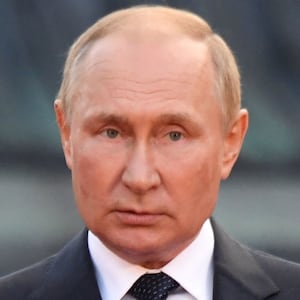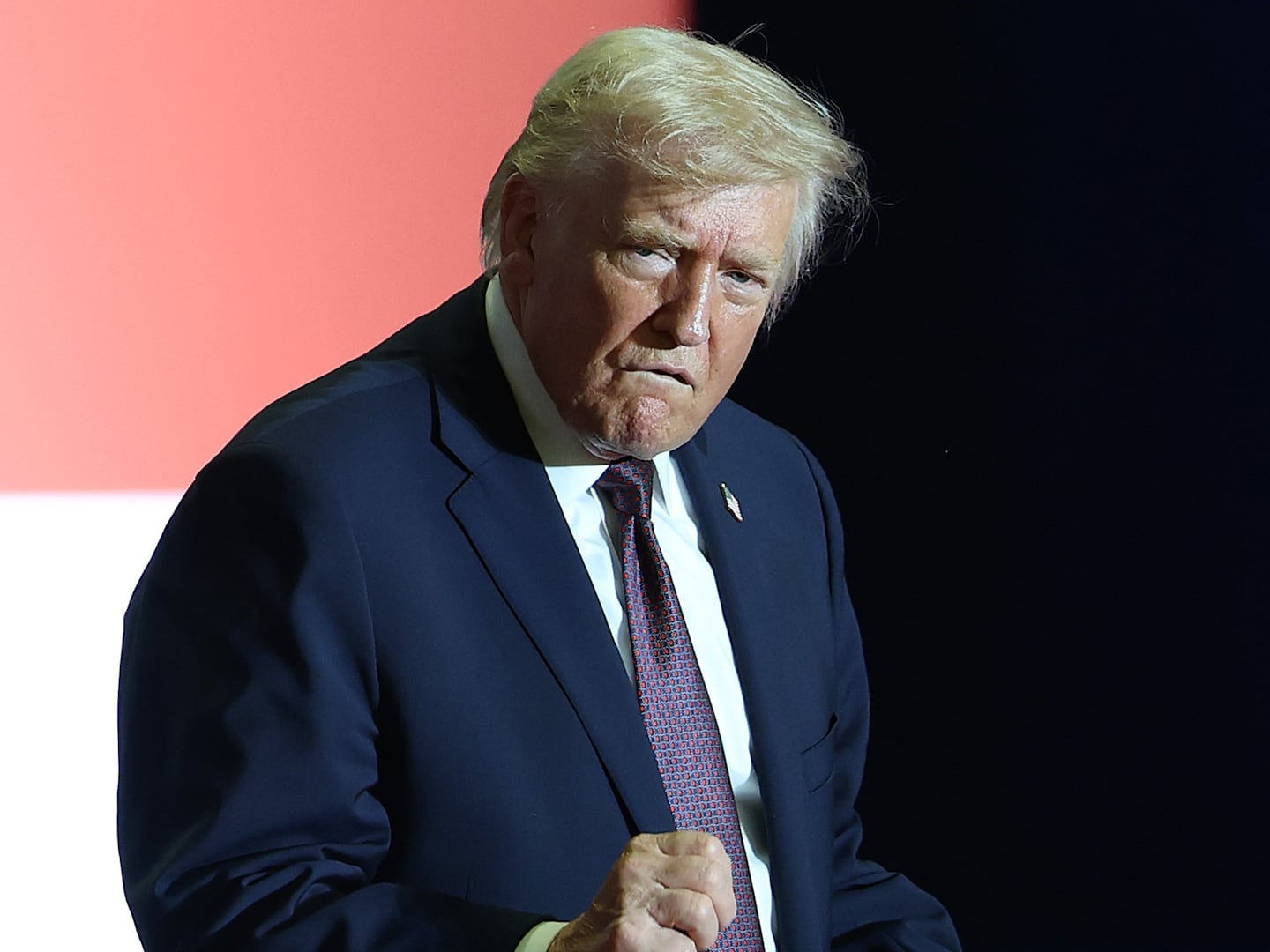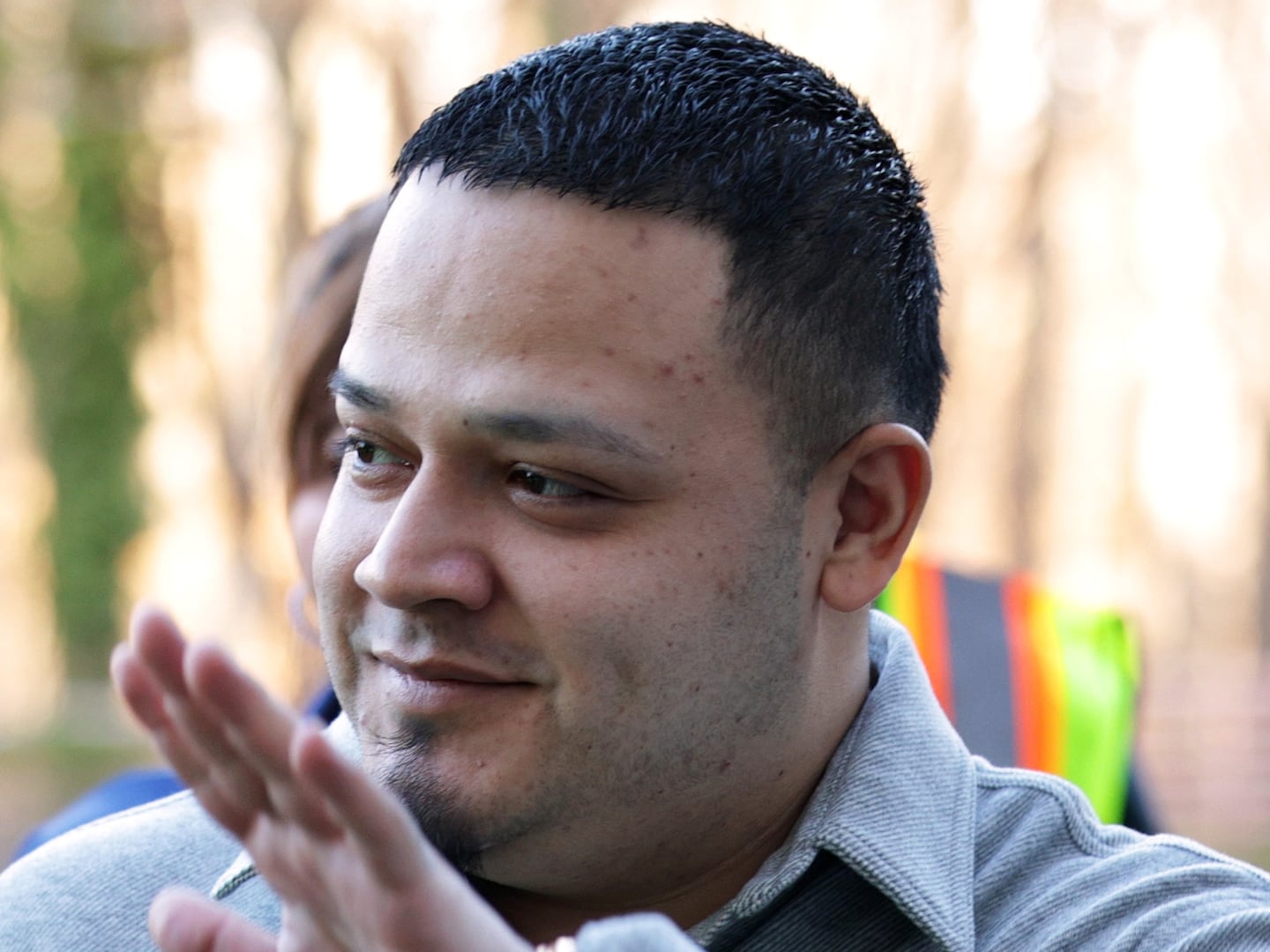Vitaly Fedchenko is a widely recognized authority on fissionable things that go boom in the night and a mighty important fellow in the business of thwarting the apocalypse.
Indeed, the throw-weight of this nuclear engineer’s expertise on Russian President Vladimir Putin’s arsenal of Armageddon is perhaps best illustrated by the blast radius of his job title at the Stockholm International Peace Research Institute: Senior Researcher for Strategic Forces Technology, Nuclear Energy, Nuclear Reactors, Nuclear Fuel Cycle, Nuclear Materials and Fuel, Uranium and Plutonium, Nuclear Warheads, Nuclear Forensics and Verification in the Weapons of Mass Destruction Program.
“A nuclear blast is a nuclear blast,” is how Fedchenko soberly frames the validity of Putin’s big bluff now vexing the world: Would Russia’s beleaguered bully-in-chief follow through on his threats to launch either a targeted tactical nuclear assault or a crushing strategic nuclear strike on Ukraine and other Western nations? “There is no clear definition or agreement on what the difference is between tactical and strategic,” Fedchenko says.
Regardless of the lethal arithmetic of kilotonnage, the answer is anyway moot, the body count overwhelmingly ghoulish.
In broad brushstrokes, Fedchenko and other experts interviewed by The Daily Beast on mutually assured destruction calculate Putin has three trajectories for his some 6,000 nuclear devices. A high-altitude electromagnetic pulse blast over Ukraine that deep-fries electronic systems there and in Europe; a low-altitude detonation designed to kill tens of thousands of Ukrainians but not immediately affect those in neighboring countries; or the so-called ground burst, with the prevailing winds carrying the fallout helter-skelter around the globe.
And Fedchenko adds that’s not taking into account any plans Putin has to use conventional weapons to annihilate Ukraine’s 16 nuclear power reactors, transforming the country into a netherworld on Earth.
During the Cold War, nuclear brinkmanship between the U.S. and the Soviet Union, such as the 35-day Cuban Missile Crisis in 1962, resembled a calculated chess match. The nuclear confrontation on display in Ukraine is more like the television game show Truth or Consequences, in which animosity has replaced probity, with both contestants intimating horrific repercussions.
NATO General Secretary Jens Stoltenberg warned Putin of the “severest consequences” if Russia used nuclear weapons.
But the former Russian President Dimitry Medvedev, the current deputy chairman of Russia’s Security Council, blustered: “Russian weapons, including strategic nuclear weapons, could be used.”
Another Putin pawn, Russia’s regional Chechen chieftain Ramzan Kadyrov, over the weekend encouraged his boss to trigger the nukes. “More drastic measures should be taken, right up to the declaration of martial law in the border areas and the use of low-yield nuclear weapons,” Kadyrov said.
“If Russia crosses this line,” fired back U.S National Security Adviser Jake Sullivan, “there will be catastrophic consequences.”
There has not been any question about how dangerous a nuke can be since the U.S. in 1945 dropped the Little Boy on Hiroshima, killing 66,000 and injuring a further 69,000 people. Shortly thereafter, America’s nuclear bombmakers stopped purposely baptizing their explosive devices, such as Fat Man and Thin Man, after characters in Dashiell Hammett detective novels. Shelving the cinematics of The Maltese Falcon and the capers of Nick and Nora Charles, the Pentagon started to identify their weapons with names like Hotpoint and Lulu.
Yet a romp down memory lane in Russia’s thermonuclear showroom—which the Soviet Union domestically sold as Nuclear Explosions for the National Economy—is an equally shivering journey. It usually inspires recollections of the 1949 plutonium classic Joe-1; the imperially branded 1961 Tsar Bomba; and the memorable Chagan, which in 1965 carved a 1,338-foot-wide radioactive shrine 328 feet deep into Kazakhstan.
“The difference between a nuclear weapon then and now is the difference between a Ford and a Lamborghini,” Fedchenko explains. “The yield, the power of the explosion, is the same. The variance is in terms of size, the ability to withstand external shock, and the ease of delivery.”
The joker in Putin’s nuclear armory is how many of his vintage or contemporary weapon systems actually work.
“The Comprehensive Nuclear-Test-Ban Treaty in 1996 put a stop to Russia and the U.S. assessing capabilities,” Fedchenko says. “There are many new radical designs, but without multiple live tests you don’t know if any nuclear weapon will actually perform the way you intend. Nuclear arsenals are based on systems developed in the late 1980s or earlier.”
The 139-page United Nations treaty is a clunker in Kyiv.
“It’s useless,” says Olena Pavlenko, a 41-year-old energy policy analyst at the Dixi Group research institute in Kyiv. “The UN has done nothing to curtail Russia’s nuclear threats against Ukraine. Putin for years has tried to intimidate us with the threat of nuclear destruction, and the UN’s response is always ‘let’s not talk or do anything about it because Putin has nuclear weapons.’ That is the UN storyline.”
Nonetheless, Pavlenko says the narrative fallout has prompted Ukrainians to stock up on anti-radiation iodine pills and take other precautions against Putin turning the launch key on a nuclear strike. “Just in case,” she adds cheerfully. “We must take his threats seriously, but we are psychologically not afraid.”
Pavlenko says there’s a lot of laughter and cursing in Ukraine these days. “Everyone wants to know whether Putin will use nuclear weapons,” Pavlenko says. “Well, Ukrainians know Russia’s psychological trickery better than anyone,” she adds with no small hint of patriotic pride. “When Putin starts to loudly menace you with something, that means he isn’t going to follow through. When the Russians are silent, that’s the time to worry.”







